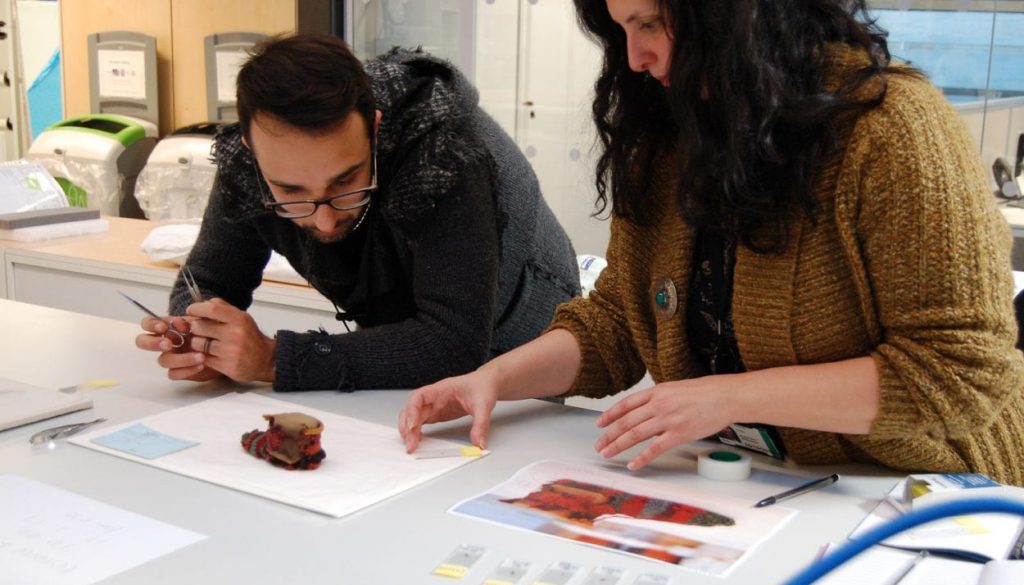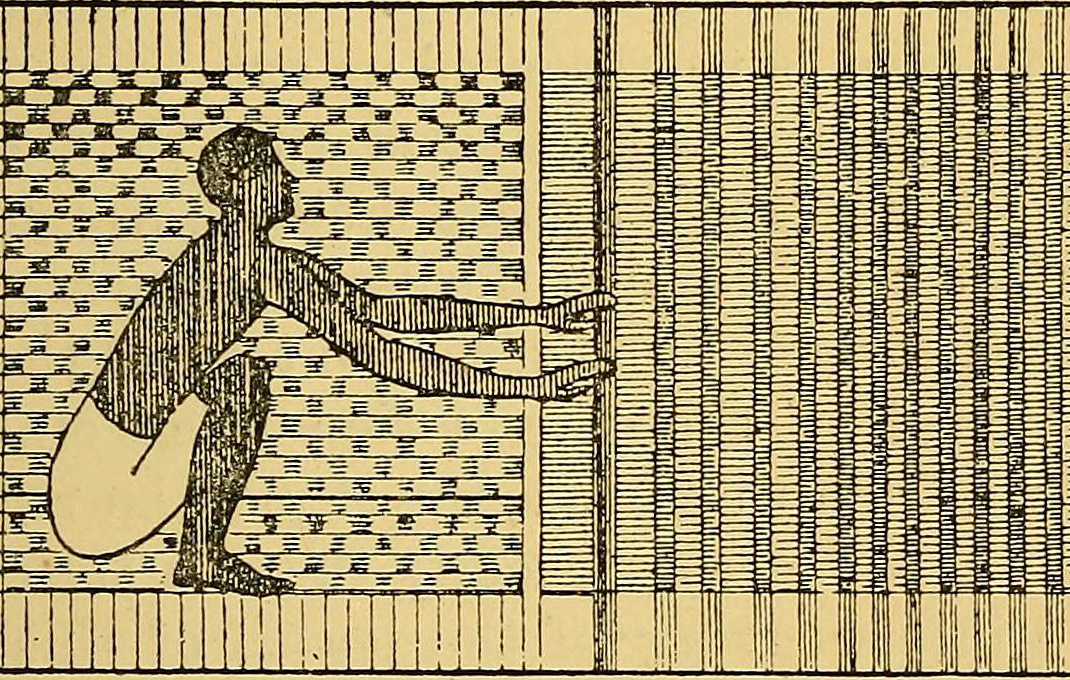Using The Advanced Technology

Today, we have some awesome technologies that helped the scientists to gather detailed new information about the sock. They used the technology called multi-spectral imaging where they use the electromagnetic spectrum where they collect the data after reading different wavelengths, that are not visible to the human eye. So what did they find?
The Latest Findings

Using the multi-spectral imaging the team was able to find the type of dye that was used to color the multi-hued sock. The ancient Egyptian used all-natural, plant-based dyes to color the clothes they wore back then. For example, to create the red pigments on the clothes they used madder root, and the same madder is still used today to fulfill the same purpose.
What More? 
The ancient Egyptians were also able to discover the woad plant which helped them to dye fabrics blue. Though today, the woad is not being used because synthetic alternatives have taken their place. They also used weld plants to make yellow pigment. The same practice was used by the Romans which they often used in their sun-colored wedding clothes with weld installed in it.
Different Colors Idea
 Not only the multi-spectral imaging was able to tell the British Museum’s scientists about the colors they used to dye the clothes, but they were also able to understand how the Egyptians dipped fibers into the dye to form different types of colors. The Egyptians weaving techniques was really amazing where they were able to create a rainbow effect on their clothes.
Not only the multi-spectral imaging was able to tell the British Museum’s scientists about the colors they used to dye the clothes, but they were also able to understand how the Egyptians dipped fibers into the dye to form different types of colors. The Egyptians weaving techniques was really amazing where they were able to create a rainbow effect on their clothes.
What About The Damage?
 And, surprisingly, the team was able to get all this information without damaging the ancient sock. Some years back, the researchers used the radiocarbon dating technology where they had to cut the cloth to read about its detail but, multi-spectral technology did everything without damaging the cloth.
And, surprisingly, the team was able to get all this information without damaging the ancient sock. Some years back, the researchers used the radiocarbon dating technology where they had to cut the cloth to read about its detail but, multi-spectral technology did everything without damaging the cloth.
The Scientists

Scientist Dr. Joanne Dyer was the one who came up with this brilliant idea while she was working in the British Museum’s Department of Scientific Research. In the interview with The Guardian, she said, “It was exciting to find that the different colored stripes found on the child’s sock were created using a combination of just three natural dyes.”
